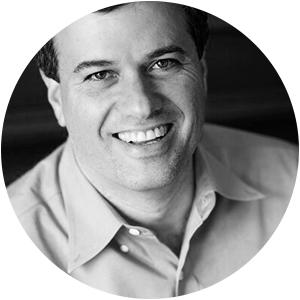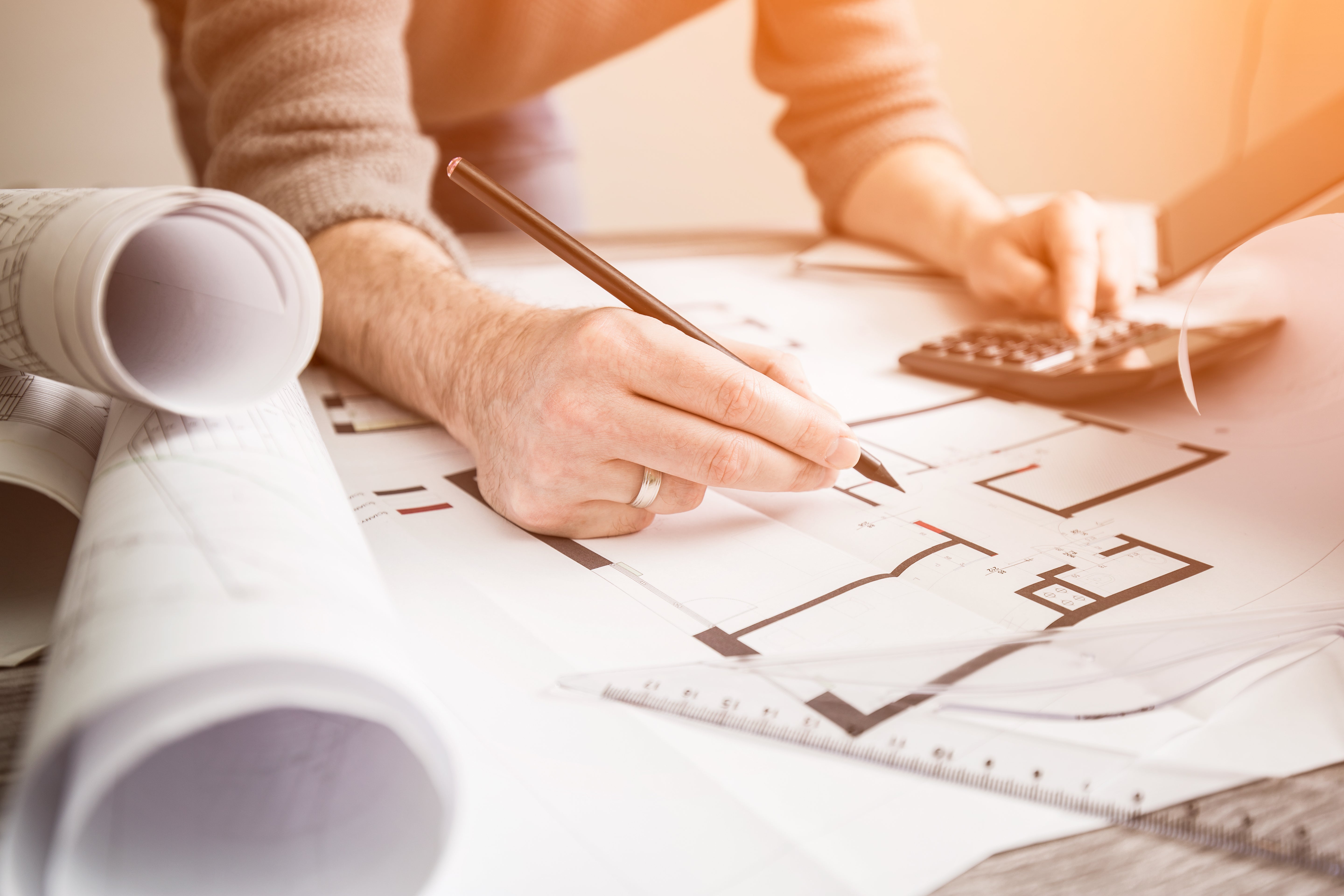Dear Sean,
I have spoken to other designers and been to so many conferences where the best way to charge for design work was discussed—but everyone has a different answer.
Here’s what I’ve been doing: I set up a consultation for $250. Afterwards, I send an email based on that conversation itemizing what the client wants to do, asking them to confirm and/or mark each task as A- or B-level priorities. I then ask them for a budget (or give them my estimate if they don’t have one); request a deposit of $1,000 to $5,000 to measure their room and start sourcing product; and draw up a contract stipulating that our fee is 15 percent of the total cost of the project, with a minimum of $50,000. The client is allowed two revisions to the design scheme; for anything beyond that, they are billed an hourly rate of $250. My contract also includes various charges for installation and delivery, but I do not charge for calls, emails or visits—something I know I need to address. For product, I give clients my wholesale discount on product, which is usually 15 percent off retail.
In addition to my firm, I also have a retail business; we just opened our second location and it is going well. But I would like to start the year in a more profitable way for my interior design practice. What is the best way you have come across that is fair to both the client and the firm?
Perplexed About Pricing
Dear Perplexed,
Let us say that you are a parent of a very creative 8-year-old. She is drawing the sky and would like your help drawing a cloud because that will ensure everyone knows that it is the sky and it is huge. You have a decision to make: You can show her how to draw a cloud—or you can show her that drawing a series of birds will convey the scale of the sky in a more impactful way than clouds can. Quite literally, you see what she cannot yet. There is no right or wrong answer, just the one you are most comfortable with. Will you leave her to the limit of her own understanding, or will you show her another way that might take her desires further than she could do on her own?
The above example, of course, represents your mission as a designer. Will you work with and refine your clients’ existing mental framework, or take them someplace entirely new that they could never reach on their own? Those who do the former (draw clouds) typically ask for a series of ongoing fees, followed by a production fee to install the choices. On the other hand, those who do the latter are in the business of exposition (showing birds), and typically get paid with design fees, then manifest that vision through production fees charged either as a percentage of purchases and/or hourly fees. No matter where you land, you cannot be both things at once—which is what your current model is trying to do.
Value drives pricing models, not the other way around. You have to make sure that what and how you charge compels you to do better work. It is not clear to me that this is where you are.
I am intuiting that you are very product-driven in your work—you want to be a guide for your clients to select said product, and then to install it for them. While you might have minimums, you are a designer for whom hourly is the way. You want to spend a lot of time with your clients and are not married to your preferences, as evidenced by the fact that they can keep going with an hourly fee after two revisions. Might I suggest a flat fee for this design work is inappropriate, since you are almost assuredly going to have more than two revisions. Instead, have the fee reflect a minimum number of hours’ work for your first selection (no revisions included) and go from there, charging hourly so that you can help your clients hone their choices—and be compensated fairly, however long that takes.
As for your production fee, whether or not 15 percent is the right amount is entirely personal to you. But designers, yourself included, need to be better about knowing what this fee is for. What it’s not for is design. It is for production, and is meant to cover, in most cases, the procurement, storage and installation of products. The reason it is so often a percentage rather than a hard number is that the production budget is a moving target; no designer wants to be stuck with a set production fee, only to see the production cost double. However, as clients get smarter about the cost of production, the ability to accurately predict and define production costs should improve and the necessity of a percentage versus a flat fee will fall away. The point is that you know what it will take to procure, store and install products for your projects, and that is the number you need. Whether you get funds for production through a percentage of purchases or flat fee is irrelevant.
So, own that you are a guide (clouds) and get paid as that guide. Remove elements that might cause confusion (i.e., any flat fees not based on time) and get better at talking about what you are being paid for (i.e., your percentage on purchases). Clarity of purpose is what will embolden trust and lead to the ultimate success of your projects and your business. Make big promises, keep them and get paid for them. Rinse and repeat until the project is finished. It’s much easier said than done, but the alternative is exquisitely painful. There is never a right answer when it comes to creative business, just your answer. Live there.
In his last column, Sean weighed in on how to prevent a gossipy client from putting other projects at risk. The subject of the column wrote back with thanks—and an update on what she decided to do about Client B.
Dear Sean,
I wanted to thank you for taking the time to respond to my Client A and B dilemma. Not only was your business advice sound, but the pep talk—something I didn’t realize I needed—will set me up to have a revitalized and successful year ahead.
What you put your finger on is this: Sometimes our greatest strength can also become our greatest weakness. In this case, my ability to tune into a client’s needs, aspirations and feelings and translate those elements into their perfect home makes collaboration with a great and emotionally healthy client a successful one. However, when tuning in to a toxic client, that toxicity infects the process, the project, and ultimately the designer. Thank you for reminding me that my vulnerability as a designer is critical to a successful project—and that you can’t get a good product outcome if the main ingredient is toxic. I’ll learn to be better at screening for that kind of client.
You’ll be pleased to know that I’ve taken your advice and implemented it: Client B is fired and Client A seems to be eagerly anticipating our next collaboration, but with patience.
Gratefully yours,
The High Road
____________
 Sean Low is the the go-to business coach for interior designers. His clients have included Nate Berkus, Sawyer Berson, Vicente Wolf, Barry Dixon, Kevin Isbell and McGrath II. Low earned his law degree from the University of Pennsylvania, and as founder-president of The Business of Being Creative, he has long consulted for design businesses. In his Business Advice column for BOH, he answers designers’ most pressing questions. Have a dilemma? Send us an email—and don’t worry, we can keep your details anonymous.
Sean Low is the the go-to business coach for interior designers. His clients have included Nate Berkus, Sawyer Berson, Vicente Wolf, Barry Dixon, Kevin Isbell and McGrath II. Low earned his law degree from the University of Pennsylvania, and as founder-president of The Business of Being Creative, he has long consulted for design businesses. In his Business Advice column for BOH, he answers designers’ most pressing questions. Have a dilemma? Send us an email—and don’t worry, we can keep your details anonymous.
Homepage photo: Shutterstock.com





























